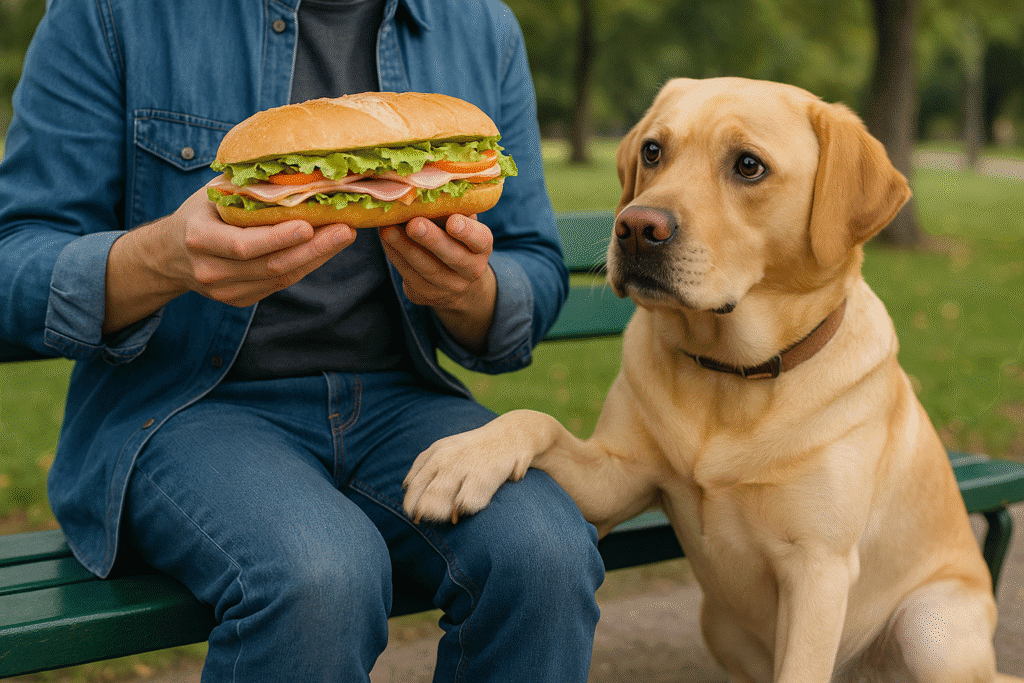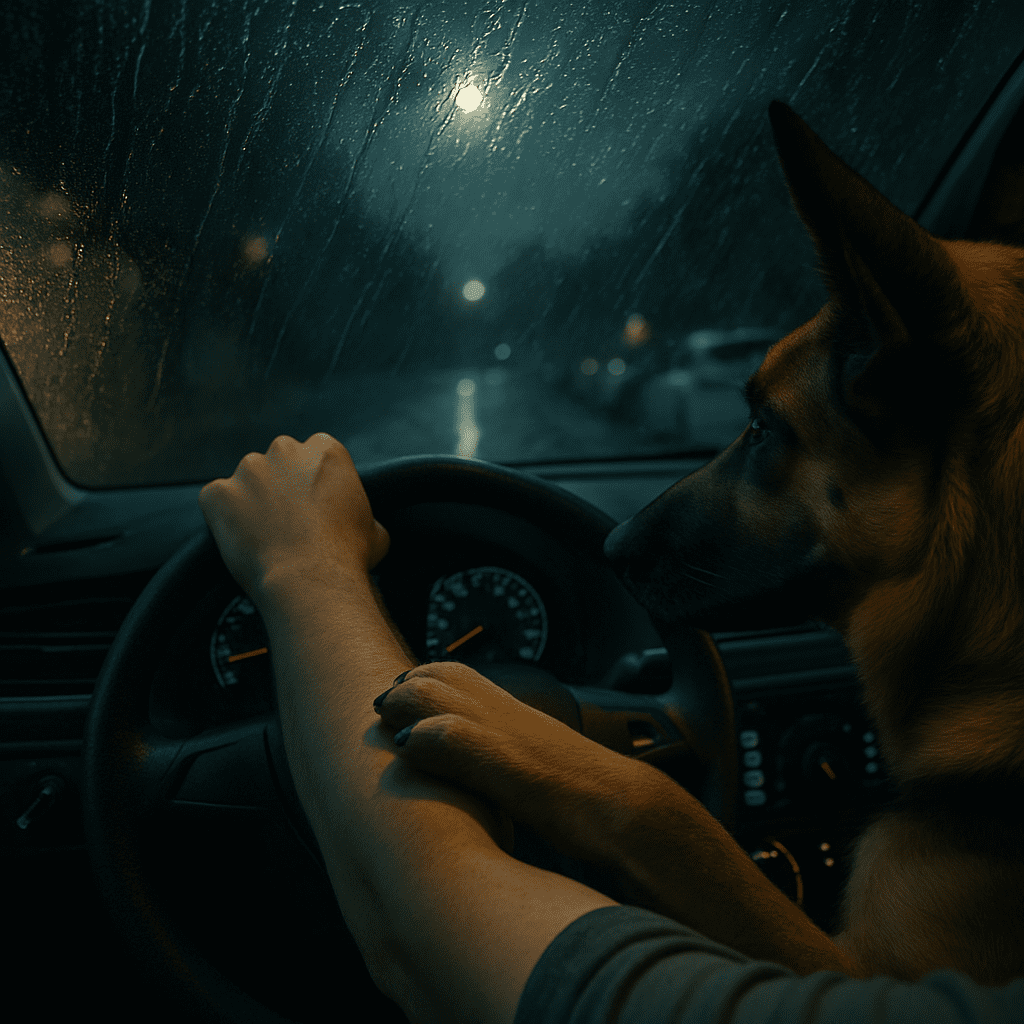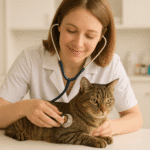The Paw of Power: Decoding What Your Dog Really Wants When They Paw at You

You’re trying to read, work, or simply enjoy a quiet moment, and then you feel it. A gentle, hesitant tap on your knee. You ignore it. The tap becomes more insistent. *Tap. Tap. TAP.* Soon, it’s a full-on, deliberate paw placed firmly on your arm, accompanied by a hard stare that could melt steel. This is “The Paw of Power,” one of the most versatile and frequently used tools in your dog’s communication toolkit. It can be a heartwarming gesture of affection one moment and a bossy, non-negotiable demand the next.
But what does it actually mean? Is it a simple request for attention, a deep-seated instinct, or a calculated act of manipulation from your petty pup to get what they want? The truth is, that single gesture can have a dozen different meanings depending on the context. Learning to read the paw is like learning a new dialect of your dog’s language. This guide will help you translate every tap, nudge, and insistent press, so you’ll finally know what your furry friend is really trying to tell you.
The Instinct Behind the Paw: It Starts in the Puppy Pile
The act of pawing is one of a dog’s most innate behaviors. As tiny puppies, they instinctively press their paws against their mother’s belly (a behavior called “milk treading”) to stimulate the flow of milk. From their very first days, the action of “paw-press-get-reward” is hardwired into their brains. It’s an act associated with comfort, sustenance, and getting the loving attention they need from their parent.
When your adult dog paws at you, they are often reverting to this deeply ingrained instinct. They are using a familiar, time-tested tool to communicate with you, their primary caregiver. They’re not just being “pushy”; they’re using a technique that has brought them comfort and resources their entire life.
A Dictionary of Paws: Translating the Tap
The key to understanding the paw is context. Pay attention to the situation and your dog’s body language to decipher the true meaning.
1. The Affectionate Paw: “I Love You, Too”
What it looks like: A soft paw placed gently on your knee or arm, often while you are already petting or talking to them. Their body is relaxed, their eyes are soft, and they may be leaning into you.
What it means: This is arguably the purest form of the paw. Think of it as them “petting you back.” It’s a reciprocal gesture of affection, reinforcing the bond you share. They are comfortable, happy, and simply connecting with you.
2. The Attention-Seeking Paw: “Hello? I Exist!”
What it looks like: A persistent, rhythmic tap-tap-tap. It might start gently but will increase in pressure and frequency the longer it’s ignored. It’s often accompanied by a pointed stare.
What it means: This is the classic “petty pup” paw. They are bored, they want to play, they feel you’ve been on your phone for too long, or they simply want to remind you that the world should revolve around them. This is a learned behavior; at some point, this action got them the attention they craved, so they’re doing it again.
3. The Reassurance Paw: “I’m Scared, Protect Me”
What it looks like: A tentative, often trembling paw placed on you during a stressful event like a thunderstorm, fireworks, or a tense situation at the vet’s office.
What it means: In this context, the paw is a plea for comfort and security. Your dog sees you as their safe space and pack leader. They are physically reaching out to you for reassurance, hoping your calm presence will help them feel less anxious.
4. The “Feed Me” Paw: A Direct Request
What it looks like: A direct, often forceful paw, frequently aimed at your hand, your plate, or in the direction of the kitchen. This behavior is most common around their scheduled mealtimes or when you are eating something that smells delicious.
What it means: There’s no subtlety here. This is a direct transaction request: “You have food. I would like some of that food. Please deposit it in my mouth.”
5. The Appeasement Paw: “Are We Cool?”
What it looks like: A low, soft paw offered after a minor transgression. Perhaps they just got caught chewing on a shoe or were scolded for barking. They might approach with a lowered head and offer a paw.
What it means: This is often interpreted as an “apology,” but it’s more accurately an appeasement or submissive gesture. It’s their way of trying to diffuse tension and say, “I recognize you are the leader and I would like to be back in your good graces.”
The Bossy Paw: When Affection Becomes a Demand
While most pawing is harmless, it can sometimes escalate into a demanding, borderline obnoxious behavior. If the pawing is constant, forceful, and paired with demand-barking, your dog has likely learned that being pushy is the most effective way to get what they want. This is no longer a polite request; it’s a command. While it might seem “dominant,” it’s usually just a very successful learned behavior that needs to be managed before it becomes a nuisance.
How to Manage a Demanding Paw
If your dog’s pawing has crossed into the “bossy” category, you can reshape the behavior with a little patience and consistency.
- First, Check Their Needs: Before you label the behavior as “demanding,” do a quick mental check. Does your dog need to go outside? Is their water bowl empty? Is it past their dinnertime? Sometimes the paw is a legitimate request for a basic need.
- Ignore the Demand, Reward the Quiet: For attention-seeking pawing, the best tool is strategic ignorance. When they start pawing you, immediately withdraw all attention. Don’t speak, don’t touch, don’t even make eye contact. Turn your head away. The very instant they stop and offer a moment of quiet, turn back and give them calm praise and the attention they wanted. This teaches them that politeness, not pushiness, opens the door to your affection.
- Redirect to a New Task: When the demanding paw starts, interrupt it by asking for a different, incompatible behavior. Say “Sit!” or “Go to your place.” When they obey, reward them for that good choice. This breaks the cycle of the demanding behavior and reinforces polite actions.
Conclusion: A Conversation in Every Tap
Your dog’s paw is one of their most expressive tools. It’s a multi-purpose appendage that can say “I love you,” “I’m scared,” “I’m bored,” or “Give me that sandwich” all in one afternoon. By paying close attention to the context and your dog’s body language, you can move from being confused by the paw to being fluent in its language. It’s another beautiful, complex, and sometimes bossy layer of the incredible conversation you have with your dog every single day.





